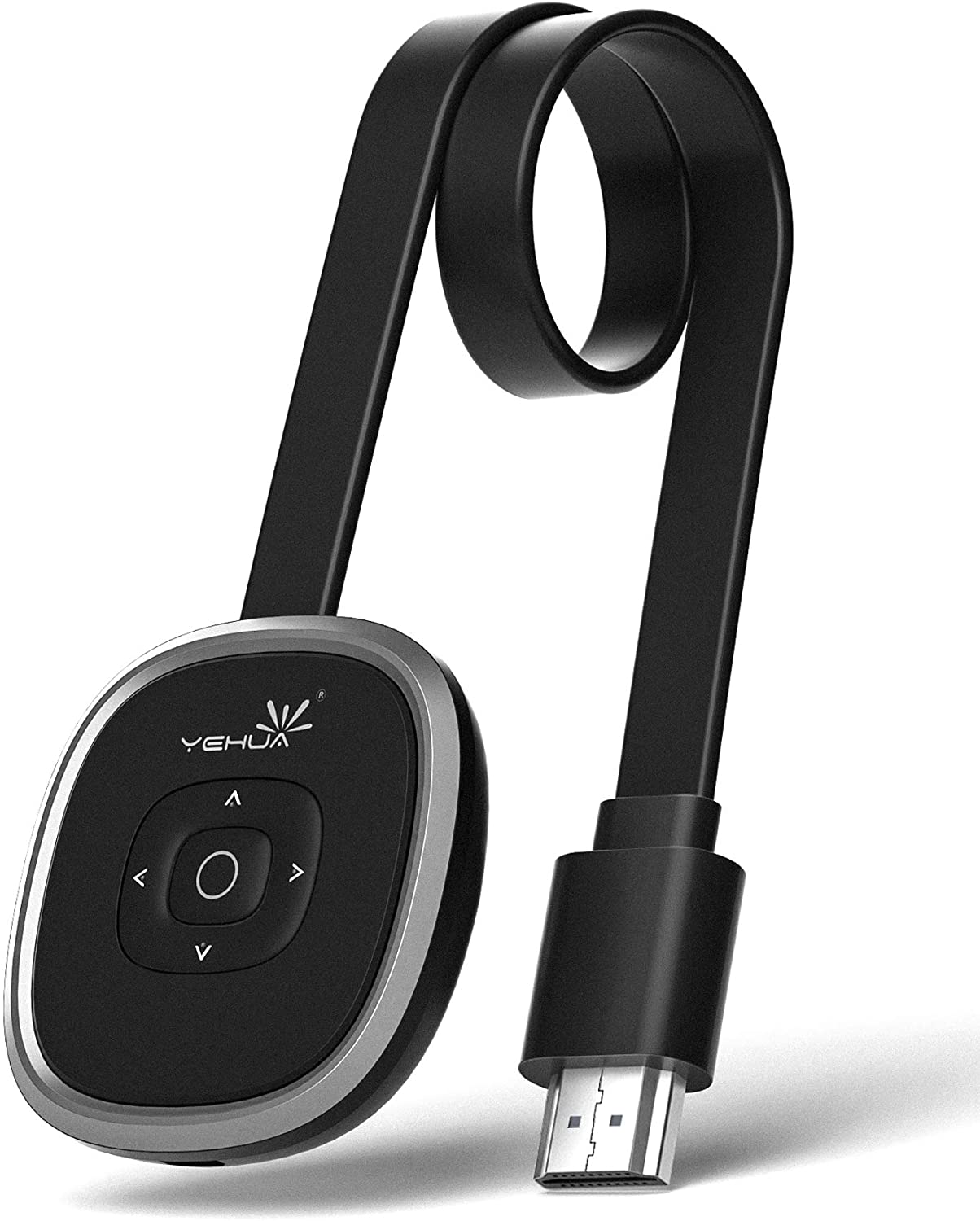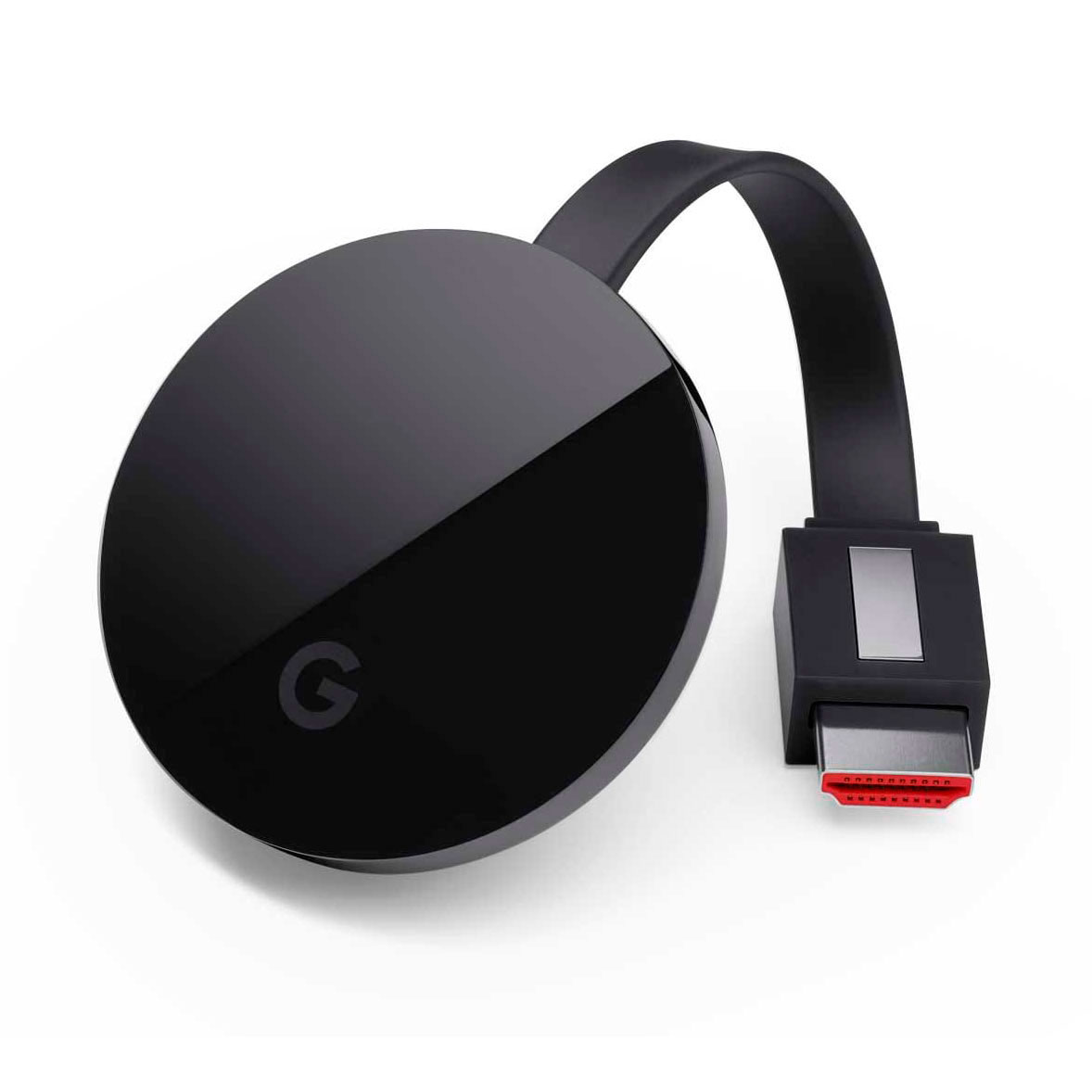
- #Casting 4k how to#
- #Casting 4k 1080p#
- #Casting 4k android#
- #Casting 4k tv#
Lower-resolution videos have to be upscaled to fit onto a high-resolution screen. However, the quality of the picture on screen also depends on the resolution of the source video. A higher pixel number equals a higher display quality, and most modern TVs have HD native resolutions.
#Casting 4k tv#
The native resolution of a TV describes how many total pixels the screen has. Go to Advanced and select the specific resolution you prefer. NOTE: For YouTube on mobile devices, you’ll see options for Auto, Data Saving, Higher Picture Quality, or Advanced Settings.
Step 5: Go through the options available for that video and choose the one you prefer. Step 4: Select Quality from the drop-down menu. Step 3: On the video player screen, tap the Settings ⚙️ icon. Step 2: Find the video you want to cast and start streaming. Step 1: Open YouTube on your mobile device or laptop. We advise that you set the stream quality to an HD resolution. However, this contributes to a poor-quality video on your TV screen. People may stream lower resolution qualities to avoid buffering or reduce internet data consumption. They stream media directly from the internet and allow you to choose the display resolution you prefer. Streaming apps or sites like Netflix and YouTube are commonly used with Chromecast. Set Streaming Apps to High-Resolution Setting While you can cast local video files from VLC, they must be in the supported codecs. For this reason, it only supports some common web codecs. #Casting 4k android#
You can cast from VLC on Android phones, MacBooks, or laptops.Ĭhromecast was designed for videos streaming directly from the web. If you’re casting from a media player app such as VLC, make sure the local videos are in HD resolution (720p, 1080p, or higher) so that they will not appear stretched-out or blurry on the TV screen. If you notice that your Chromecast displays videos in poor quality, there are things you can do to fix that problem.īelow is a list of solutions for blurry videos, constant buffering, and stuttering audio.
#Casting 4k how to#
How To Improve My Chromecast Video Quality

Interference can also be caused by the Chromecast’s proximity to other video cables or electronic devices.
The video stream is experiencing some interference, often due to the distance between the Wi-Fi router and Chromecast. The TV your Chromecast is connected to is set to a higher display resolution than the video stream, causing it to upscale the picture. This setting may be intentional (to reduce internet data usage) or automatic (due to a poor network connection). The app/site you are casting from is set to stream a low-resolution version of the video. The video you are casting on your TV is low-resolution (480p or lower) rather than the HD resolutions recommended for widescreen displays. There are several possible reasons why your Chromecast displays blurry images. Sometimes, while streaming a video, you’ll notice that the video quality displayed on the screen from your Chromecast is frustratingly blurry and pixelated.īlurry images are incredibly annoying if you’re in the middle of your favorite program and you can’t tell why it’s blurry. Reduce the Number of Devices on Your Network Reduce the Distance Between Your Router and Chromecast How To Improve My Chromecast Video Quality. Neither model has expandable storage built in, but either one will accept a compatible USB-C hub, so you can add additional storage using a USB-C hub if you need it. Both come with just 8GB, which can be limiting if you use a lot of different streaming services. #Casting 4k 1080p#
Storage space, a sore spot for many users of the original 4K Chromecast with Google TV, is also unchanged in the 1080p version.

That sounds like a downgrade, but in our experience, it isn't especially noticeable in normal use. In addition, the 1080p version has less RAM: 1.5GB, whereas the 4K model has 2GB. AV1 is a video codec known to be especially efficient, so the newer 1080p Chromecast might use less bandwidth to stream video.


Thanks to using a different chipset, the 1080p model supports AV1 video decoding - due to hardware differences, the 4K model does not. There are also some differences under the hood, but they're not things most users will notice. You'll have to check which HDR protocols your specific TV supports to determine if that matters for you. The HD version also doesn't support Dolby Vision HDR, but it does come with support for HDR10 and HDR10+.








 0 kommentar(er)
0 kommentar(er)
